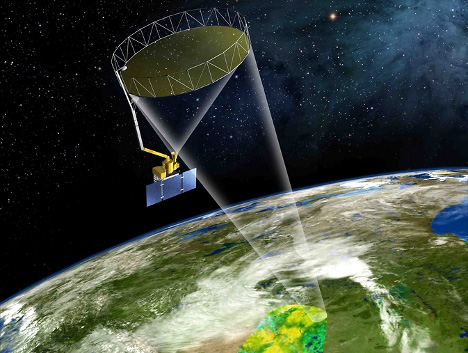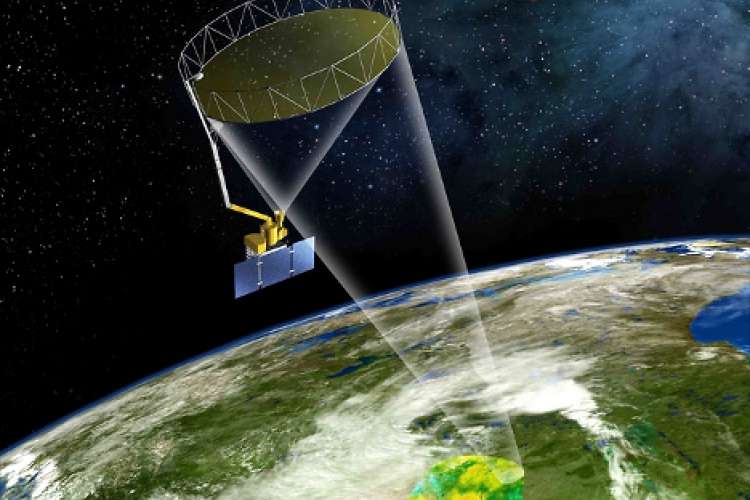Spacecraft anomaly detection systems typically target only a subset of anomaly types and often require costly expert knowledge to develop and maintain. Tiered alarm systems indicate when values stray out of predefined limits. The volume of data returned by spacecrafts continues to increase with missions such as the NASA-Indian Space Research Organization Synthetic Aperture Radar that will generate about 85 terabytes of data per day. Improving the accuracy and scalability of anomaly detection systems requires allocating necessary but limited engineering resources.

Deep learning and neural network architectures advancements have led to performance breakthroughs in a wide variety of applied tasks and problems in computer vision, speech recognition and translation, and time-series modeling—the latter is similar to anomalies identification problems aboard spacecrafts. Spacecraft telemetry is inherently time-series data, and many anomaly detection approaches which exist today lend themselves well to this type of data.
Long Short-Term Memory (LSTM) deep neural networks have shown success through natural language processing, speech recognition, and text classification prediction problems by capturing important temporal information: the order of words in a sentence, the tones in one’s voice, a string of characters. LSTM can identify a diverse set of anomaly types.
LSTM networks can be trained using nominal operational data. One strategy is to select telemetry and command sequences from past orbital periods with normal operations. The trained networks can then predict and compare the telemetry to the actual value received from the spacecraft. The resulting value—the residual, or error—is then tracked to flag suspected anomalous periods using thresholding algorithms.
Experiments have proved these methods work well in detecting different types of anomalies. Successful anomaly detection systems can be implemented for routine and highly automated (a “lights out” operation) missions such as the Soil Moisture Active Passive (SMAP) satellite—a 95% recall score. Challenges still exist for spacecraft with highly dynamic external conditions and operations such as the Mars Science Laboratory rover Curiosity—a 79% recall score.
Successful processing using these trained neural networks that can address increasing amounts of spacecraft data offer the opportunity to provide realtime operability and health information.
REFERENCES:
See the technical paper for additional details; the experiment code is available at GitHub.
For more information, contact Valentino Constantinou, 626.864.0550, valentinos.constantinou@jpl.nasa.gov.
This story appears in the June 2020 issue of Getting It Right, Collaborating for Mission Success.

